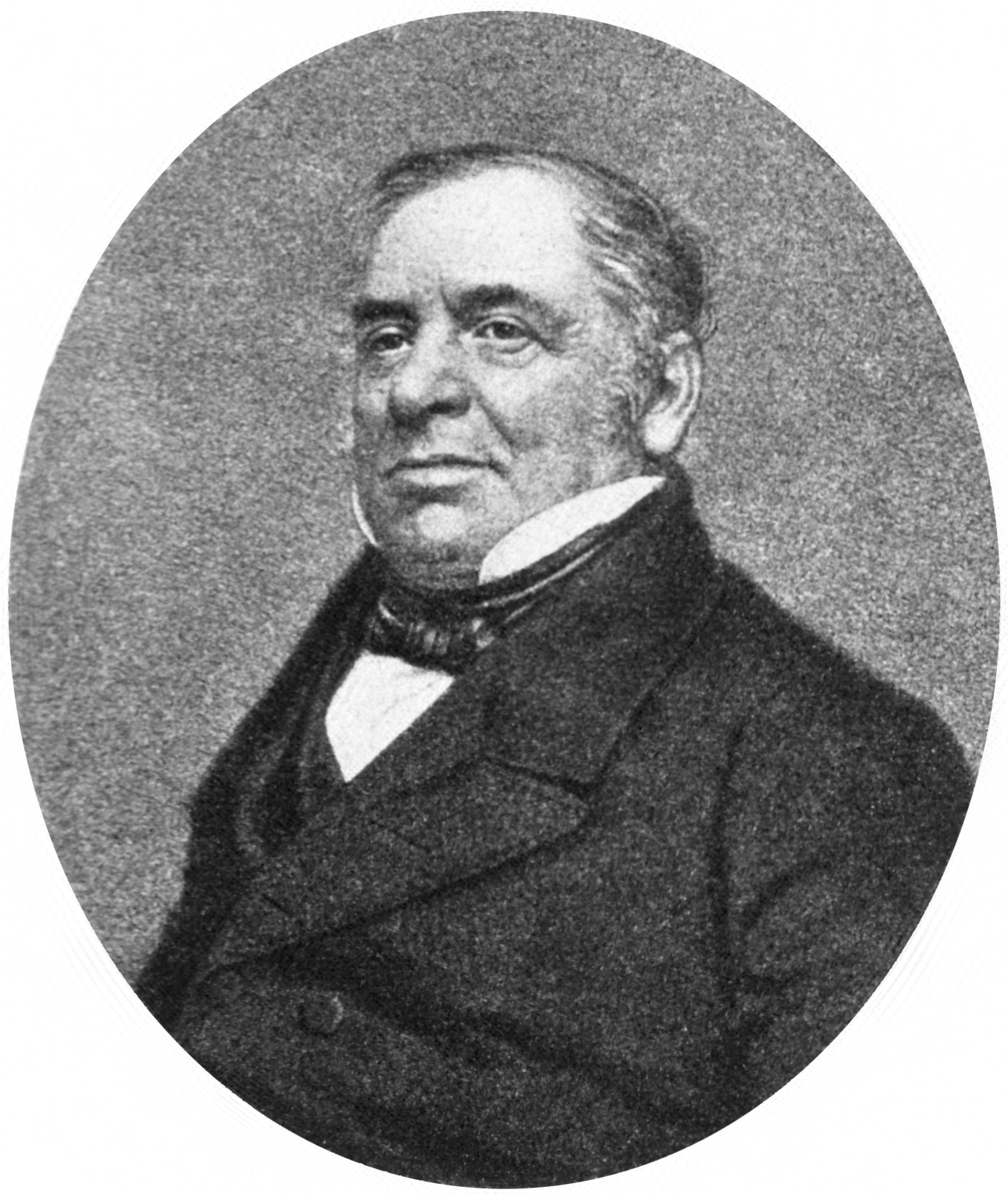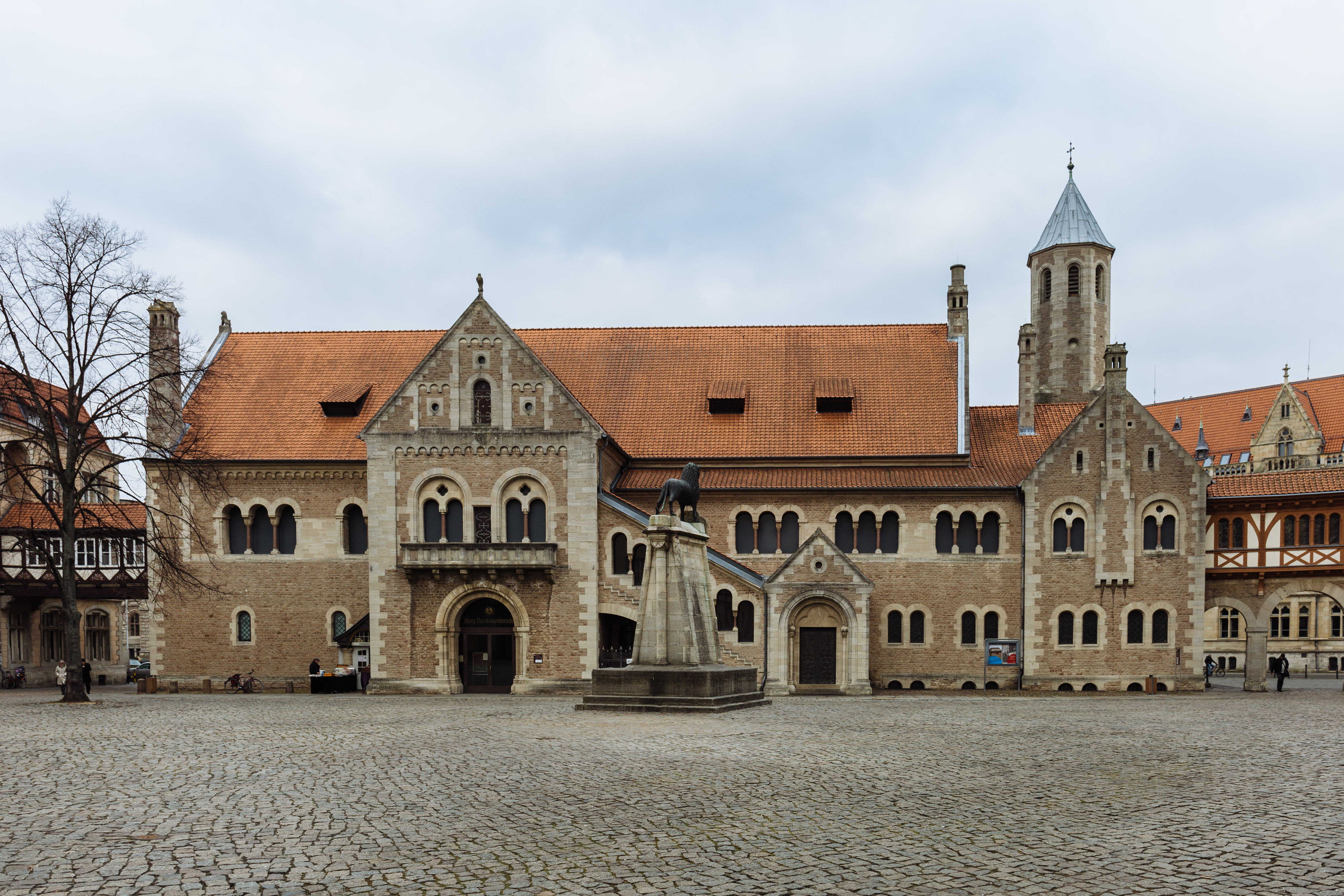|
Werner Hoffmeister
Werner Friedrich Hoffmeister (14 March 1819 Braunschweig – 21. December 1845 Ferozeshah, Punjab) was a German physician and botanist. He accompanied his childhood friend, Prince Friedrich Wilhelm Waldemar of Prussia, (2 August 1817 – 17 February 1849), son of Prince Wilhelm of Prussia (1783–1851), as a personal physician on an expedition 1845-46 to India and was killed in a skirmish with the Sikhs. Hoffmeister collected plants during the voyage, and when the expedition returned it did so with a comprehensive collection of meticulously pressed and annotated specimens, by Hoffmeister. Of the 456 species and 270 genera, some 108 were new to science. The botanists Johann Friedrich Klotzsch and Christian August Friedrich Garcke were assigned to examine and describe the material collected in India, a task which they completed in 1853, and had published in 2 volumes in Berlin as ''Die Botanischen Ergebnisse der Reise seiner königl. Hoheit des Prinzen Waldemar von Preussen in de ... [...More Info...] [...Related Items...] OR: [Wikipedia] [Google] [Baidu] |
Prince Friedrich Wilhelm Waldemar Of Prussia00
A prince is a male ruler (ranked below a king, grand prince, and grand duke) or a male member of a monarch's or former monarch's family. ''Prince'' is also a title of nobility (often highest), often hereditary, in some European states. The female equivalent is a princess. The English word derives, via the French word ''prince'', from the Latin noun , from (first) and (head), meaning "the first, foremost, the chief, most distinguished, noble ruler, prince". Historical background The Latin word (older Latin *prīsmo-kaps, literally "the one who takes the first lace/position), became the usual title of the informal leader of the Roman senate some centuries before the transition to empire, the ''princeps senatus''. Emperor Augustus established the formal position of monarch on the basis of principate, not dominion. He also tasked his grandsons as summer rulers of the city when most of the government were on holiday in the country or attending religious ritua ... [...More Info...] [...Related Items...] OR: [Wikipedia] [Google] [Baidu] |
1819 Births
Events January–March * January 2 – The Panic of 1819, the first major peacetime financial crisis in the United States, begins. * January 25 – Thomas Jefferson founds the University of Virginia. * January 29 – Sir Stamford Raffles lands on the island of Singapore. * February 2 – '' Dartmouth College v. Woodward'': The Supreme Court of the United States under John Marshall rules in favor of Dartmouth College, allowing Dartmouth to keep its charter and remain a private institution. * February 6 – A formal treaty, between Hussein Shah of Johor and the British Sir Stamford Raffles, establishes a trading settlement in Singapore. * February 15 – The United States House of Representatives agrees to the Tallmadge Amendment, barring slaves from the new state of Missouri (the opening vote in a controversy that leads to the Missouri Compromise). * February 19 – Captain William Smith of British merchant brig ''Williams'' sigh ... [...More Info...] [...Related Items...] OR: [Wikipedia] [Google] [Baidu] |
Johann Lukas Schönlein
Johann Lukas Schönlein (30 November 1793 – 23 January 1864) was a German naturalist, and professor of medicine, born in Bamberg. He studied medicine at Landshut, Jena, Göttingen, and Würzburg. After teaching at Würzburg and Zurich, he was called to Berlin in 1839, where he taught therapeutics and pathology. He served as physician to Frederick William IV. Work He was one of the first German medical professors to lecture in the native tongue instead of Latin. Schönlein described ''purpura rheumatica'' (Schönlein's disease) an allergic non- thrombopenic purpura rash that became known as Henoch–Schönlein purpura, though now known as IgA vasculitis. He also discovered the parasitic cause of ringworm or favus ('' Trichophyton schönleinii''). J. L. Schönlein first published the name "tuberculosis" (German: ''Tuberkulose'') in 1832.The word "tuberculosis" first appeared in Schönlein's clinical notes in 1829. See: See especially Appendix, p. iii. Prior to Schönlein's ... [...More Info...] [...Related Items...] OR: [Wikipedia] [Google] [Baidu] |
Alexander Von Humboldt
Friedrich Wilhelm Heinrich Alexander von Humboldt (14 September 17696 May 1859) was a German polymath, geographer, naturalist, explorer, and proponent of Romantic philosophy and science. He was the younger brother of the Prussian minister, philosopher, and linguist Wilhelm von Humboldt (1767–1835). Humboldt's quantitative work on botanical geography laid the foundation for the field of biogeography. Humboldt's advocacy of long-term systematic geophysical measurement laid the foundation for modern geomagnetic and meteorological monitoring. Between 1799 and 1804, Humboldt travelled extensively in the Americas, exploring and describing them for the first time from a modern Western scientific point of view. His description of the journey was written up and published in several volumes over 21 years. Humboldt was one of the first people to propose that the lands bordering the Atlantic Ocean were once joined (South America and Africa in particular). Humboldt resurrected t ... [...More Info...] [...Related Items...] OR: [Wikipedia] [Google] [Baidu] |
Hinrich Lichtenstein
Martin Hinrich Carl Lichtenstein (10 January 1780 – 2 September 1857) was a German physician, explorer, botanist and zoologist. Biography Born in Hamburg, Lichtenstein was the son of Anton August Heinrich Lichtenstein. He studied medicine at Jena and Helmstedt. Between 1802 and 1806 he travelled in southern Africa, becoming the personal physician of the Governor of the Cape of Good Hope. In 1811 he published ''Reisen im südlichen Afrika : in den Jahren 1803, 1804, 1805, und 1806''; as a result, he was appointed professor of zoology at the University of Berlin in 1811, and appointed director of the Berlin Zoological Museum in 1813. In 1829, he was elected a foreign member of the Royal Swedish Academy of Sciences. He died after he had a stroke at sea travelling aboard a steamer from Korsør to Kiel. Legacy Lichtenstein was responsible for the creation of Berlin's Zoological Gardens in 1841, when he persuaded King Frederick William IV of Prussia to donate the grounds of ... [...More Info...] [...Related Items...] OR: [Wikipedia] [Google] [Baidu] |
Harz Mountains
The Harz () is a highland area in northern Germany. It has the highest elevations for that region, and its rugged terrain extends across parts of Lower Saxony, Saxony-Anhalt, and Thuringia. The name ''Harz'' derives from the Middle High German word ''Hardt'' or ''Hart'' (hill forest). The name ''Hercynia'' derives from a Celtic name and could refer to other mountain forests, but has also been applied to the geology of the Harz. The Brocken is the highest summit in the Harz with an elevation of above sea level. The Wurmberg () is the highest peak located entirely within the state of Lower Saxony. Geography Location and extent The Harz has a length of , stretching from the town of Seesen in the northwest to Eisleben in the east, and a width of . It occupies an area of , and is divided into the Upper Harz (''Oberharz'') in the northwest, which is up to 800 m high, apart from the 1,100 m high Brocken massif, and the Lower Harz (''Unterharz'') in the east which is up to aroun ... [...More Info...] [...Related Items...] OR: [Wikipedia] [Google] [Baidu] |
Wolfenbüttel
Wolfenbüttel (; nds, Wulfenbüddel) is a town in Lower Saxony, Germany, the administrative capital of Wolfenbüttel District. It is best known as the location of the internationally renowned Herzog August Library and for having the largest concentration of timber-framed buildings in Germany. It is an episcopal see of the Evangelical Lutheran Church in Brunswick. It is also home to the Jägermeister distillery, houses a campus of the Ostfalia University of Applied Sciences, and the Landesmusikakademie of Lower Saxony. Geography The town center is located at an elevation of on the Oker river near the confluence with its Altenau tributary, about south of Brunswick and southeast of the state capital Hannover. Wolfenbüttel is situated about half-way between the Harz mountain range in the south and the Lüneburg Heath in the north. The Elm-Lappwald Nature Park and the Asse hill range stretch east and southeast of the town. With a population of about 52,000 people, Wol ... [...More Info...] [...Related Items...] OR: [Wikipedia] [Google] [Baidu] |
Berlin
Berlin is Capital of Germany, the capital and largest city of Germany, both by area and List of cities in Germany by population, by population. Its more than 3.85 million inhabitants make it the European Union's List of cities in the European Union by population within city limits, most populous city, as measured by population within city limits having gained this status after the United Kingdom's, and thus London's, Brexit, departure from the European Union. Simultaneously, the city is one of the states of Germany, and is the List of German states by area, third smallest state in the country in terms of area. Berlin is surrounded by the state of Brandenburg, and Brandenburg's capital Potsdam is nearby. The urban area of Berlin has a population of over 4.5 million and is therefore the most populous urban area in Germany. The Berlin/Brandenburg Metropolitan Region, Berlin-Brandenburg capital region has around 6.2 million inhabitants and is Germany's second-largest metropolitan reg ... [...More Info...] [...Related Items...] OR: [Wikipedia] [Google] [Baidu] |
Braunschweig
Braunschweig () or Brunswick ( , from Low German ''Brunswiek'' , Braunschweig dialect: ''Bronswiek'') is a city in Lower Saxony, Germany, north of the Harz Mountains at the farthest navigable point of the river Oker, which connects it to the North Sea via the rivers Aller and Weser. In 2016, it had a population of 250,704. A powerful and influential centre of commerce in medieval Germany, Brunswick was a member of the Hanseatic League from the 13th until the 17th century. It was the capital city of three successive states: the Principality of Brunswick-Wolfenbüttel (1269–1432, 1754–1807, and 1813–1814), the Duchy of Brunswick (1814–1918), and the Free State of Brunswick (1918–1946). Today, Brunswick is the second-largest city in Lower Saxony and a major centre of scientific research and development. History Foundation and early history The date and circumstances of the town's foundation are unknown. Tradition maintains that Brunswick was created through t ... [...More Info...] [...Related Items...] OR: [Wikipedia] [Google] [Baidu] |
Christian August Friedrich Garcke
Christian August Friedrich Garcke (25 October 1819 – 10 January 1904) was a German botanist who was a native of Bräunrode, Saxony-Anhalt. He studied theology in Halle, obtaining his doctorate at the University of Jena in 1844. Afterwards he was a private scholar of botanical studies in Halle, relocating to Berlin in 1851, where he worked with botanist Alexander Braun (1805-1877). In 1865 he was appointed curator at the "Königlichen Herbarium" (later "Königlich botanisches Museum") in Berlin, and in 1871 became an associate professor specializing in pharmacognosy. He was author of the popular ''Flora von Nord- und Mitteldeutschland'' (Flora of North and Central Germany), a book that was published over numerous editions (first edition, 1849). Another significant work was the two-volume ''Flora von Halle'' (1848, 1856). From 1867 to 1882 he was editor of the journal ''Linnæa''. A number of botanical species bear his name; as an example, '' Thespesia garckeana''. [...More Info...] [...Related Items...] OR: [Wikipedia] [Google] [Baidu] |
Johann Friedrich Klotzsch
Johann Friedrich Klotzsch (9 June 1805 – 5 November 1860) was a German pharmacist and botanist. His principal work was in the field of mycology, with the study and description of many species of mushroom. Klotzsch was born in Wittenberg. Originally trained as a pharmacist, he later enrolled in pharmaceutical and botanical studies in Berlin. In 1830–32 he was curator of William Jackson Hooker's herbarium at the University of Glasgow. Beginning in 1834 he collected plants in Saxony, Bohemia, Austria, Styria and possibly Hungary. In 1838 he replaced Adelbert von Chamisso (1781–1838) as curator and director of the Royal Herbarium in Berlin. The plant genus ''Klotzschia'' from the family Apiaceae, and some plant species like ''Eugenia klotzschiana'' or ''Acianthera klotzschiana'' are named in his honour. Selected works *''Mykologische Berichtigungen zu der nachgelassenen Sowerbyschen Sammlung, so wie zu den wenigen in Linneschen Herbarium vorhandenen Pilzen nebst Aufstellung ei ... [...More Info...] [...Related Items...] OR: [Wikipedia] [Google] [Baidu] |









